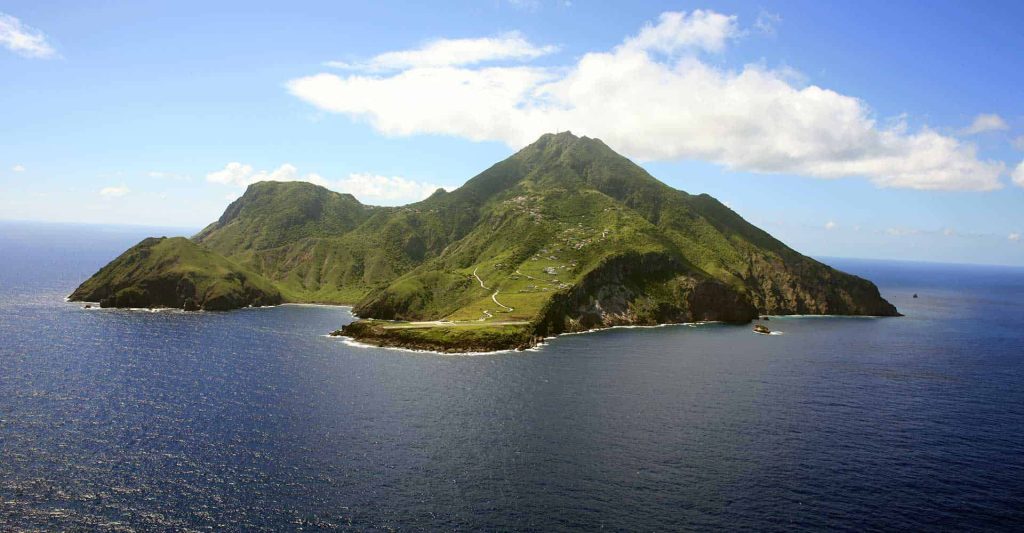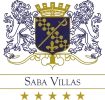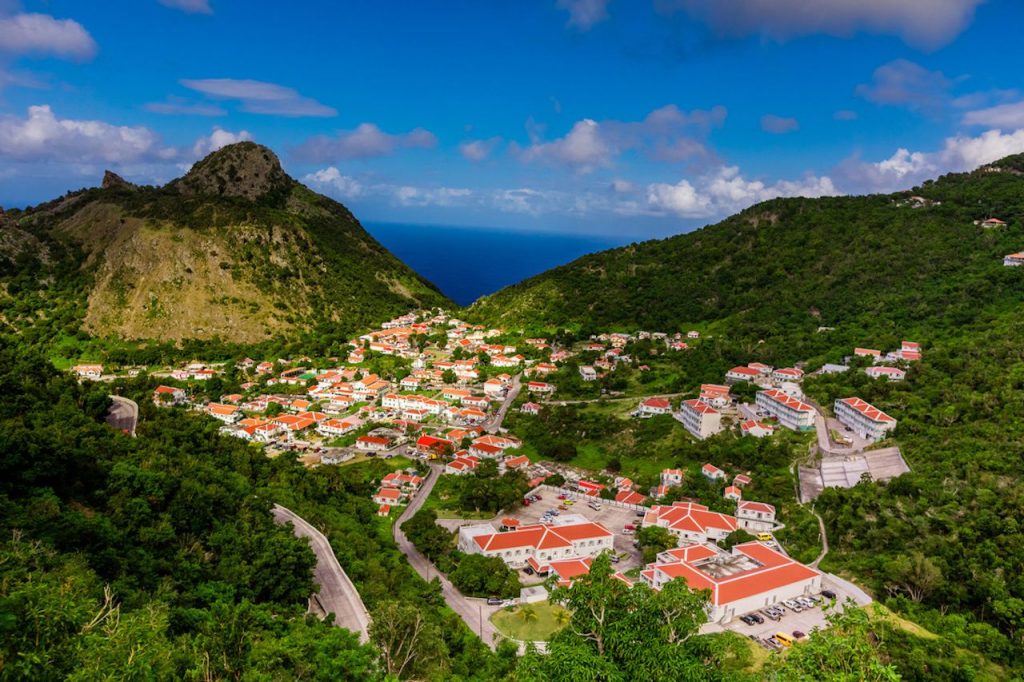In the world of vacation destinations with beautiful beaches and pleasant temperatures, there are fewer and fewer places that have not been affected by human activity. You may be surprised to learn that one of these magical, pristine places is located just 26 miles south of St. Maarten: the island of Saba. This undiscovered paradise in the Caribbean is known for its inaccessibility, which helps preserve its charm, pristine natural areas and relaxed island life.
Saba stands out in the West Indies in that it is not a destination geared toward sun lovers who like to relax on the beach or at an all-inclusive resort. Rather, with its mountainous terrain, Saba is a paradise for culturally curious travelers and explorers. Despite its limited size, the island offers numerous nature and adventure opportunities for active visitors, including extensive hiking trails.
It is only a matter of time before Saba no longer remains under the radar. Now is the ideal time to visit this unforgettable island in the Caribbean Sea. Read on for your travel guide to explore Saba.
TRAVEL OPTIONS AND BEST VACATION SEASONS
Saba is the smallest island in the Dutch Caribbean, with less than 2,000 inhabitants. It is known as the most remote island in this part of the Caribbean. The best way to get there is from the nearby island of St. Maarten. You can reach the island by a 90-minute ferry or a short 12-minute flight with Winair. Saba has the world’s shortest commercial runway, which makes for an unforgettable landing. For nervous fliers, we recommend getting some courage beforehand at Princess Juliana International Airport, where we recommend the Gin n Ting or Painkiller, both local favorites.
Other options include a chartered helicopter from St. Barts (on the pricey side) or a fast ferry from St. Eustatius, also known as Statia. This part of the northeast Caribbean Sea is unique because of the variety of islands within easy reach, and travelers would be wise to add another island to their itinerary, especially since nautical travel in this part of the world is so easy (and scenic).
As for the best time to visit Saba, the climate is different from other islands in the Caribbean in that it is relatively cool year-round, with an average temperature of 80°F that fluctuates little, even in summer. Saba has five microclimates: desert, dry forest, semi-tropical, rainforest and fog forest. The rainy season runs from May to October, with the greatest chance of hurricanes in August and September. Cautious travelers would do well not to plan their trips before the end of summer.
NATURE, CULTURE AND ADVENTURE ACTIVITIES ON SABA
Explore the charm of the small island community, where local villages are easily accessible and you are likely to meet familiar faces if you have been exploring for less than 48 hours. The Bottom and Windwardside are recommended as the most interesting neighborhoods to explore. A must-visit is the Harry L. Johnson Museum, where you can dive deeper into Saba’s history.
After visiting the Harry L. Johnson Museum, you can participate in an in-depth exploration of Saba. During this walk, you can make a stop at Jobean Glass Art, which not only offers great souvenirs, but also the opportunity to learn a new skill.
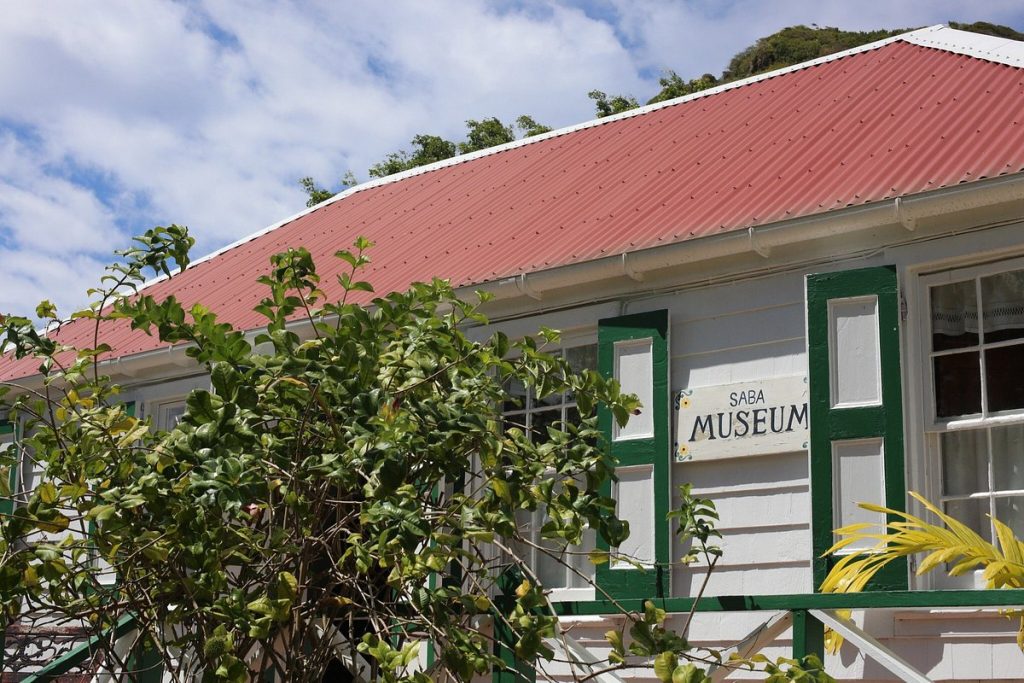
EXPERIENCE OUTSTANDING DIVING ADVENTURE IN THE CARIBBEAN SEA
For an island of modest size, Saba offers a remarkable array of adventure opportunities, of which scuba diving is an essential first step for travelers. You can choose between sailing above water and preferably diving underwater. The ocean around Saba has considerable depths, rapidly decreasing to 1,000 feet just half a mile offshore. This gives the waters around Saba a deep azure hue, distinct from the traditional turquoise of the Antilles.
The impressive steepness of the green cliffs rising above the sea finds its reflection in the water below, particularly at Saba Bank, which manifests itself as the largest undersea atoll in the Atlantic Ocean. It is also known as a Mission Blue “hope spot,” indicating areas critical to ocean health, and since 2015 it has housed a coral nursery as part of Saba’s ocean conservation efforts. Every year in October, the island hosts the Sea & Learn summit, which brings together renowned scientists, naturalists and academics in the field of marine life.
Saba is rightly known as one of the Caribbean’s premier diving destinations, and a dive with Sea Saba is mandatory for any lover of the underwater world. A morning dive offers the optimal opportunity to witness wildlife ranging from nurse sharks and hawksbill turtles to tropical fish amid the island’s soft corals. For those less comfortable with deep-sea exploration, the Sea & Learn Foundation also offers storyboard walking tours around the island that highlight Saba’s rich history and natural heritage.
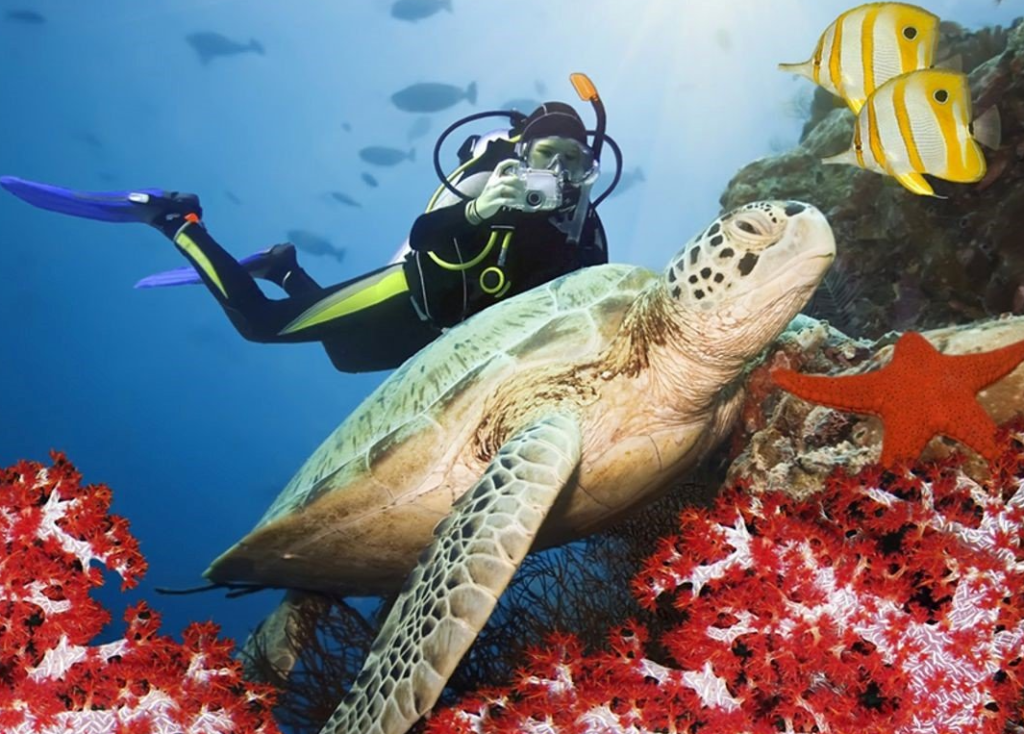
THE BEST LOCAL PLACES TO EAT AND DRINK
Start your day off right with a pastry and fresh lime juice at Bizzy B Bakery. Be sure to order the delectable iced cappuccino, which is more reminiscent of a chocolate milkshake than a traditional coffee drink. After starting your day off right, stop for a midday meal at the farm-to-table Tropics Cafe, which serves delicious sandwiches with fresh lobster caught just off the coast of Saba Bank. An alternative lunch option is in The Bottom at Island Flavor, where freshly blended fruit juices pair perfectly with the traditional Caribbean dishes on the menu.
As the sun sets, take a short walk through the rainforest and enjoy an al fresco dinner under the stars and softly shining lights at Rendezvous at EcoLodge. As you dine on the deck of Chez Bubba, surrounded by the sounds of the forest – particularly the songs of frogs and crickets – the menu at this gourmet establishment in Windwardside continually reflects the island’s freshest ingredients. End your culinary journey of discovery at Brigadoon, where a Caribbean interpretation of Mediterranean and French cuisine is served in the cozy ambiance of an old Saban house transformed into an exquisite restaurant.
For refreshing cocktails, Tipsy Goat is the place to go, especially at sunset by the pool for delicious mojitos. If you are earlier in the day, daily happy hour begins at 4 p.m. Long Haul, located in the heart of Windwardside, is a popular spot for locals and visitors alike, especially on Saturday nights because of the weekly karaoke; the pina coladas are spectacular and just the right trick to encourage nervous newcomers who might otherwise be hesitant to handle the microphone.
ACCOMMODATION OPTIONS ON SABA: AN EXCLUSIVE EXPERIENCE
Saba offers an intimate and exclusive accommodation experience with fewer than 150 hotel rooms and the absence of large all-inclusive hotels or international chains. Our recommendation is The Cottage Club Hotel, strategically located in Windwardside, with breathtaking views of the summit of Mount Scenery. An alternative choice is the charming Queen’s Hotel, a picturesque establishment in The Bottom. For those who prefer a more homely setting, villas are also available on the island, complete with various service options such as chauffeurs and private chefs.
Regardless of your final choice of accommodation, your stay on Saba will undoubtedly be a success. The magic of Saba lies in its remote location, and the island’s degree of unspoiledness remains largely unexplored. It is rare to have the feeling of discovering an entirely new and unexpected place, but on Saba every visitor is an explorer, an adventurer. Getting to Saba may be the most challenging aspect, but once there, one transitions to island time.
